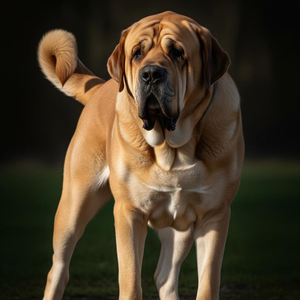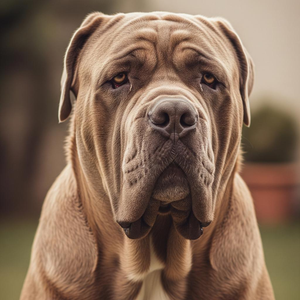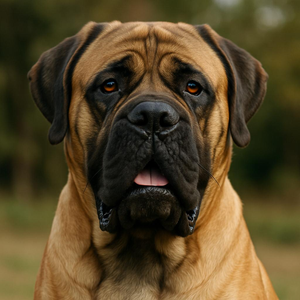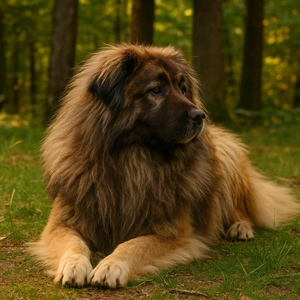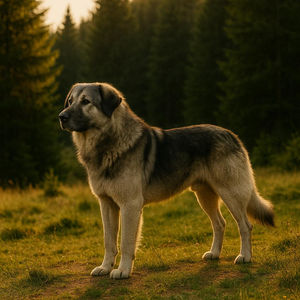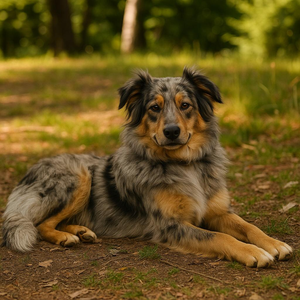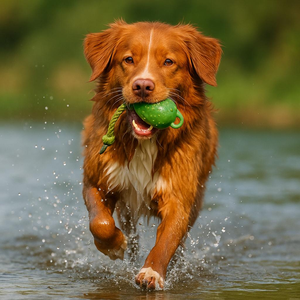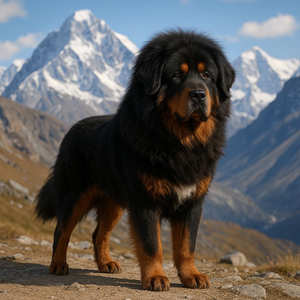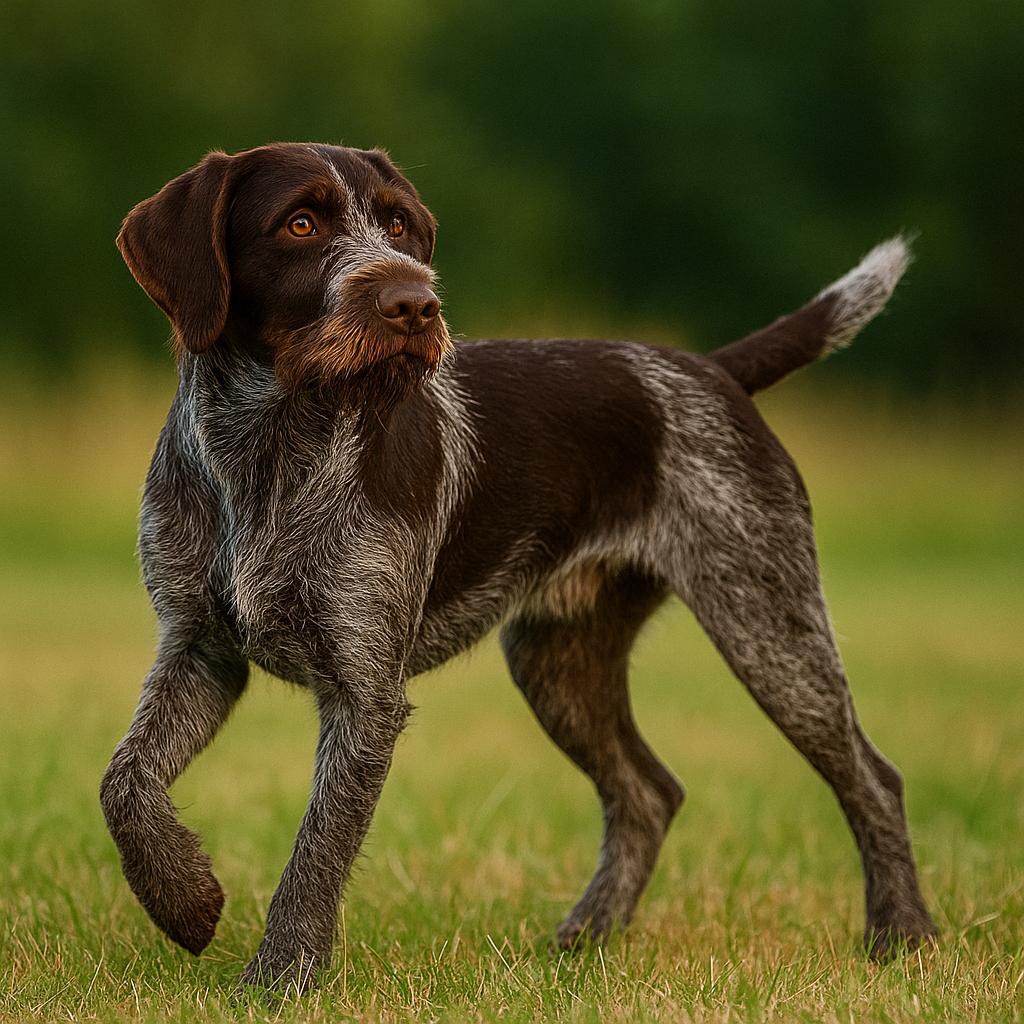
Traits and Features of Drahthaar Dog Breed
The origin of the drahthaar dog breed is fairly recent and was created in Germany in the early 19th century. They wanted a versatile, hard-coated hunting dog, capable of catching foxes, mice and martens, killing them without hesitation, but never becoming dangerous to humans.
The first specimens were bred by Sigismund Freiherr von Zedlitz und Neukirch and Herr Oberlander, and although it is not known with certainty who the ancestors were, one could include the airedale terrier, the foxhound, the French griffons and other German breeds, such as the German shorthaired pointer.
However, within a short time, a hunting dog was obtained that, thanks to its functional and weather-insensitive coat, distinguished itself in all forms of hunting practice. It has therefore become one of the most reliable and popular hunting dogs in a few decades, both in Germany and in many other countries around the world. It is commonly called a drahthaar, which means wire-haired coat, precisely because of its very rustic and shaggy coat.
But it is not only a hunting dog, in fact it is also spreading as a house dog, being an excellent companion for children. It is a very popular dog in Germany and Austria and there are also discrete breedings in Italy.
Character of the drahthaar dog breed
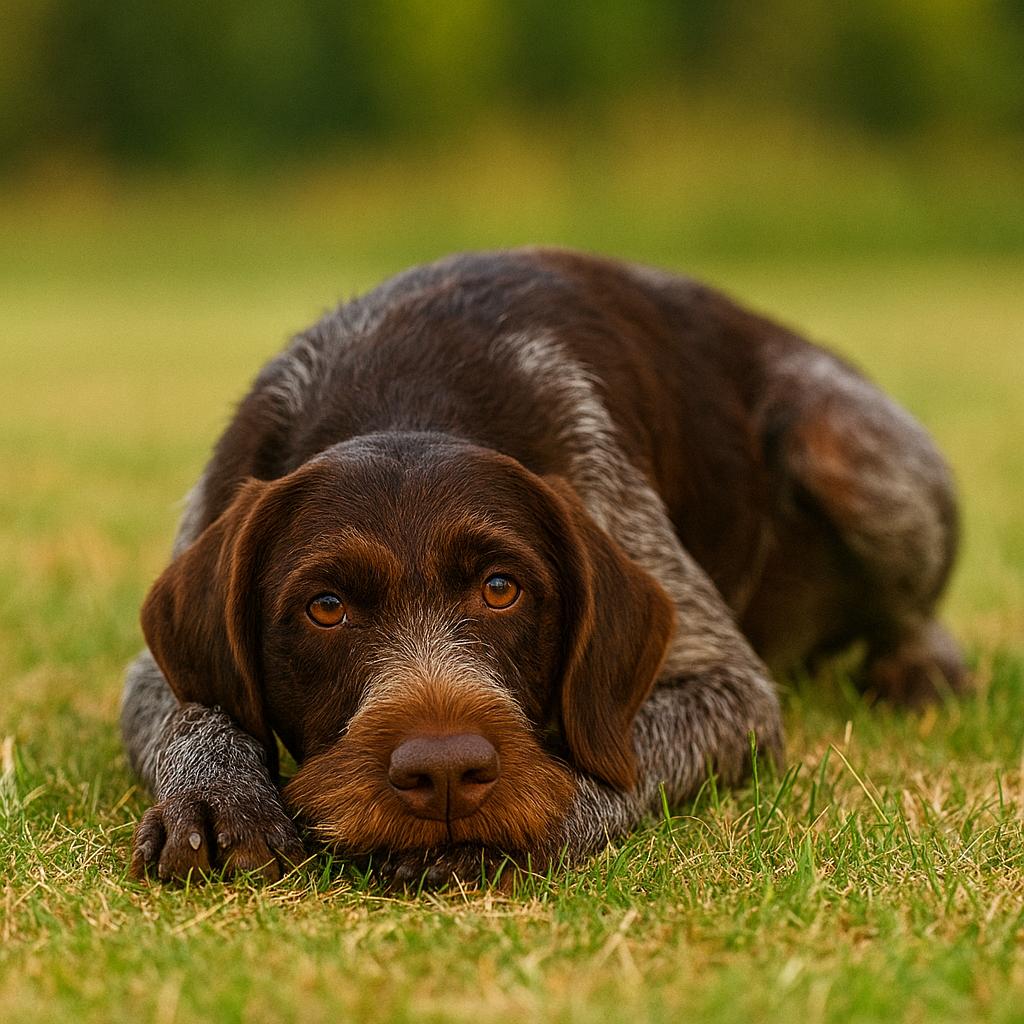
With strangers it is very reserved, but has a firm and balanced character, is very brave but not aggressive, and is therefore a perfect guard dog. It also lives well in a flat, as long as it has some space to itself, the ideal is a house with a large garden, especially in the countryside, but in any case it must be let off steam every day, with walks and runs.
It has been selected for hunting and also for killing pests and therefore has a strong predatory instinct, so it must be socialised very early, in the presence of other animals in the house. Its training is not for beginners, you must have experience with dogs and a firm pulse to make this dog become calm and docile and respond to commands, however it knows how to respect hierarchy.
It is an excellent truffle dog, has guarding instincts, a good guardian and is also excellent for pet therapy and agility. It is used by the Civil Defence in the search for people buried under rubble.
Appearance of the drahthaar dog breed
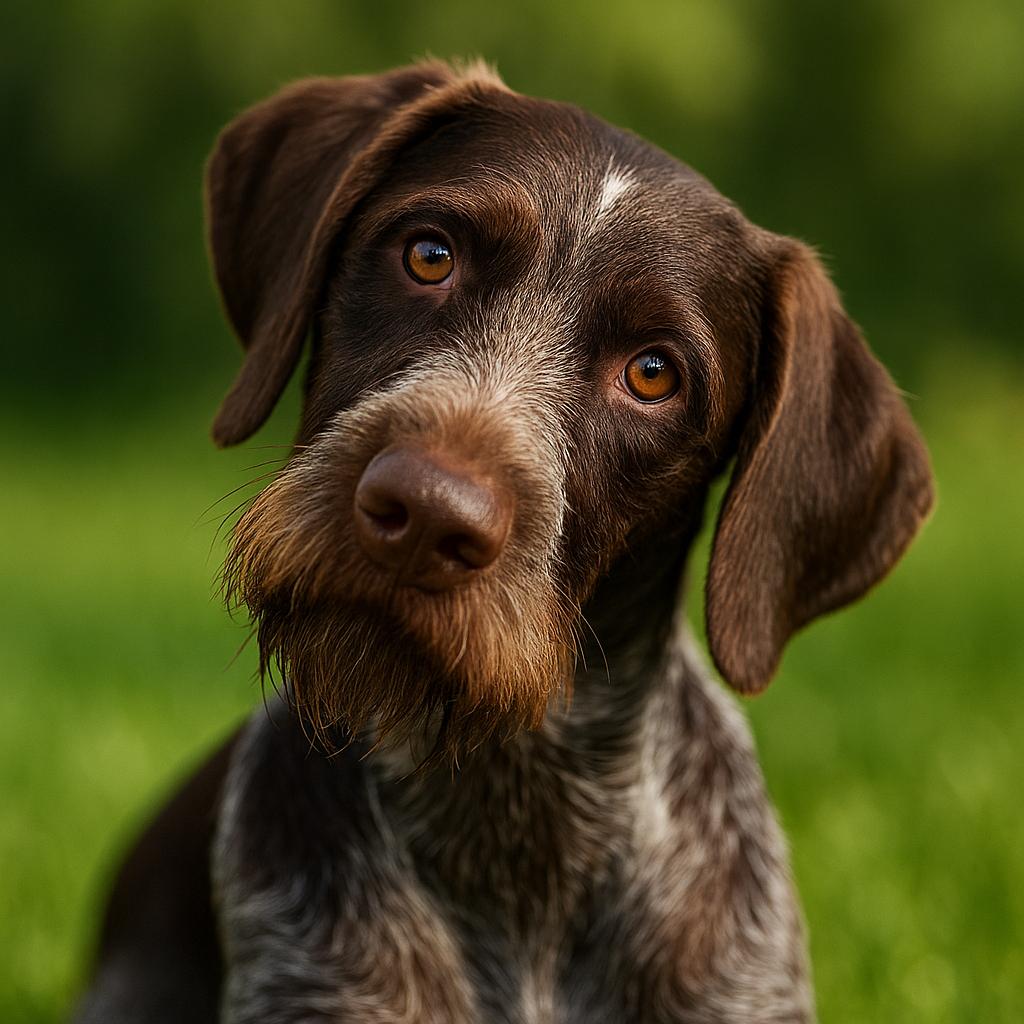
It is morphologically classified as a Braccoid. It is a well built, harmonious breed, typical of hunting dogs. The musculature is well developed throughout the body. Its entire appearance makes it a quick, strong and elastic dog in its movements. The limbs are vigorous and dry with a good extension of the forehand and good thrust of the hindquarters.
The tail is carried straight or slightly sabre-like. In the past, for hunting specimens, it was customary to shorten it to avoid it getting caught in brambles. Fortunately, this practice is banned in most countries.
The skull is flat and broad, the muzzle is long, broad, robust and deep. The head is proportionate to the body, the truffle is very pigmented, with well open nostrils. The eyes are very dark, with a lively and alert expression. The ears are of medium size, are set high and not curled up. A characteristic of this breed is a strong and thick beard, but not too long, and marked eyebrows.
The coat is close-fitting and dense and, as its name implies, as hard as wire. The outer coat is 2 to 4 centimetres long, the undercoat is very dense and waterproof. The hair on the lower parts of the limbs, as well as the chest and belly is shorter but still very dense. The hair on the head and ears is also softer. The coat colour may be roan-brown, with or without spots, or a mixture of black and white hairs with or without spots. And also brown and light roan. No other colours are permitted in the breed standard.
Health and care of the drahthaar dog breed

As far as coat care is concerned, it is important to brush it a couple of times a week and trim the hair at least twice a year or more if the coat needs it. He has moderate hair loss.
For feeding, there are no particular prescriptions; a balanced diet with all the nutrients it needs and plenty of daily exercise is sufficient. It is not a breed that tends towards obesity.


